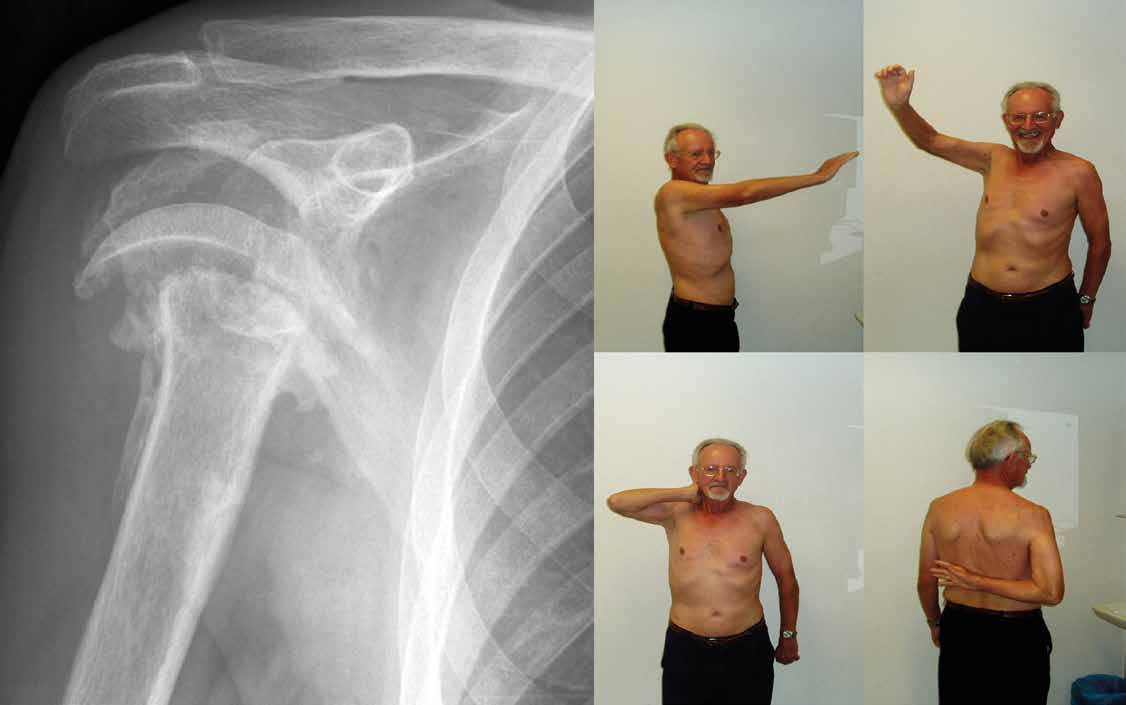Abstrakt
Zlomeniny proximálního humeru představují v ortopedické praxi jedinečnou výzvu vzhledem ke složité anatomii a biomechanické komplexnosti této
oblasti. Spektrum poranění, která se zde vyskytují, je od nedislokovaných stabilních zlomenin až po komplexní dislokované zlomeniny nebo zlomeniny
luxační. Z historického hlediska byla léčba těchto zlomenin předmětem mnohých diskuzí a léčebné postupy zahrnovaly zejména konzervativní přístup,
chirurgické řešení bylo poměrně vzácné. V posledních desetiletích došlo ke změně paradigmatu v léčbě zlomenin proximálního humeru nejenom díky
pokroku v chirurgických technikách, ale zejména vývojem nových typů úhlově stabilních implantátů a moderních totálních endoprotéz. Rozvoj a dostupnost
kvalitních zobrazovacích technik umožnily lepší pochopení charakteru zlomenin a precizní plánování operačních zákroků. Mezi hlavní cíle léčby patří
obnovení funkce, úleva od bolesti a prevence komplikací, jako jsou prodloužené hojení nebo nezhojení a avaskulární nekróza. Jako zásadní se při volbě
léčby jeví individuální přístup ke každému jednotlivému pacientovi s přihlédnutím ke všem faktorům, které ovlivňují konečný výsledek. Cílem tohoto přehledového
článku je poskytnout aktuální přehled současného konceptu léčby zlomenin proximálního humeru. Jsou zde shrnuty trendy v neoperačních
i operačních strategiích léčby, indikace k jednotlivým druhům léčby, operační techniky, výsledky a komplikace spojené s jednotlivými přístupy.

